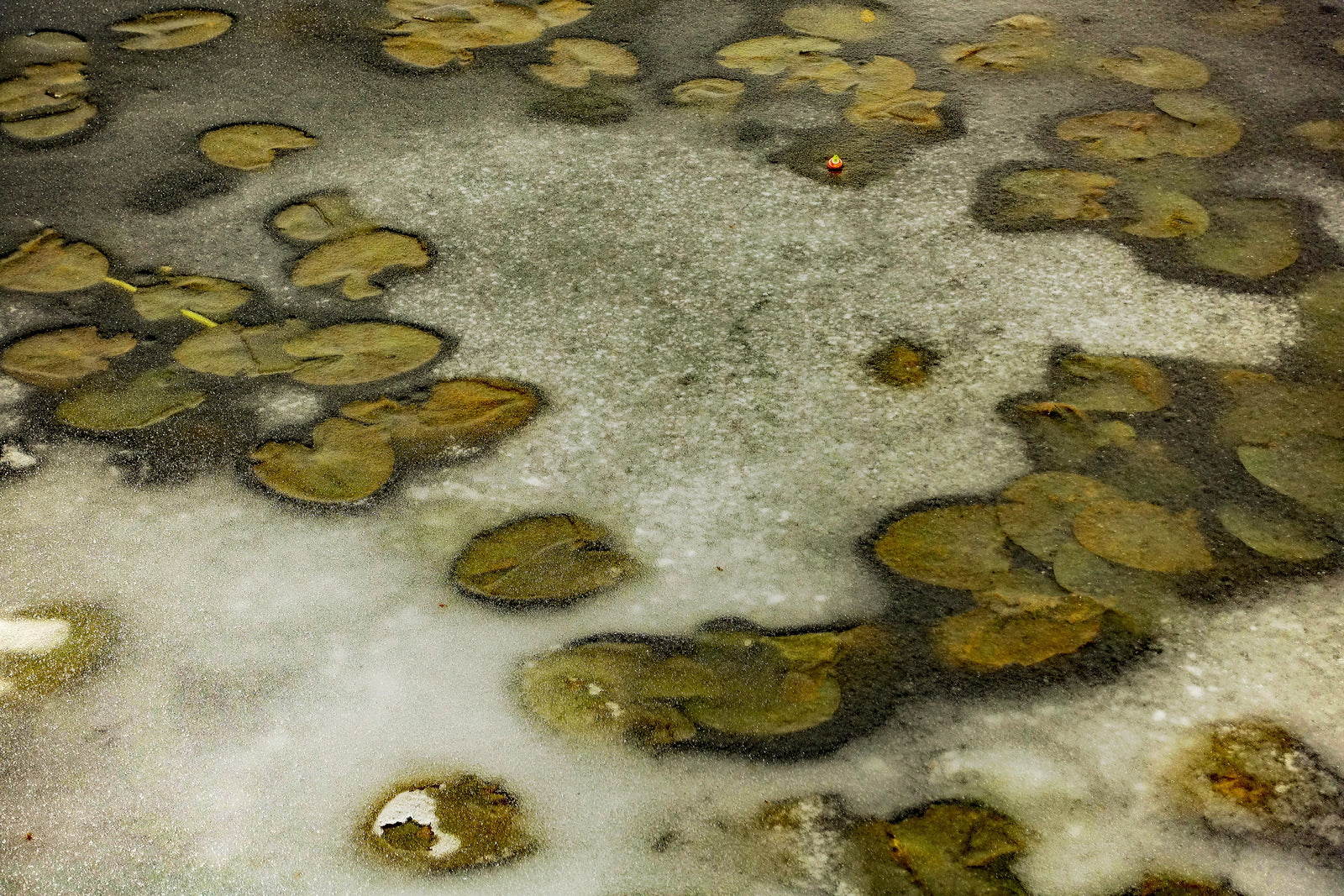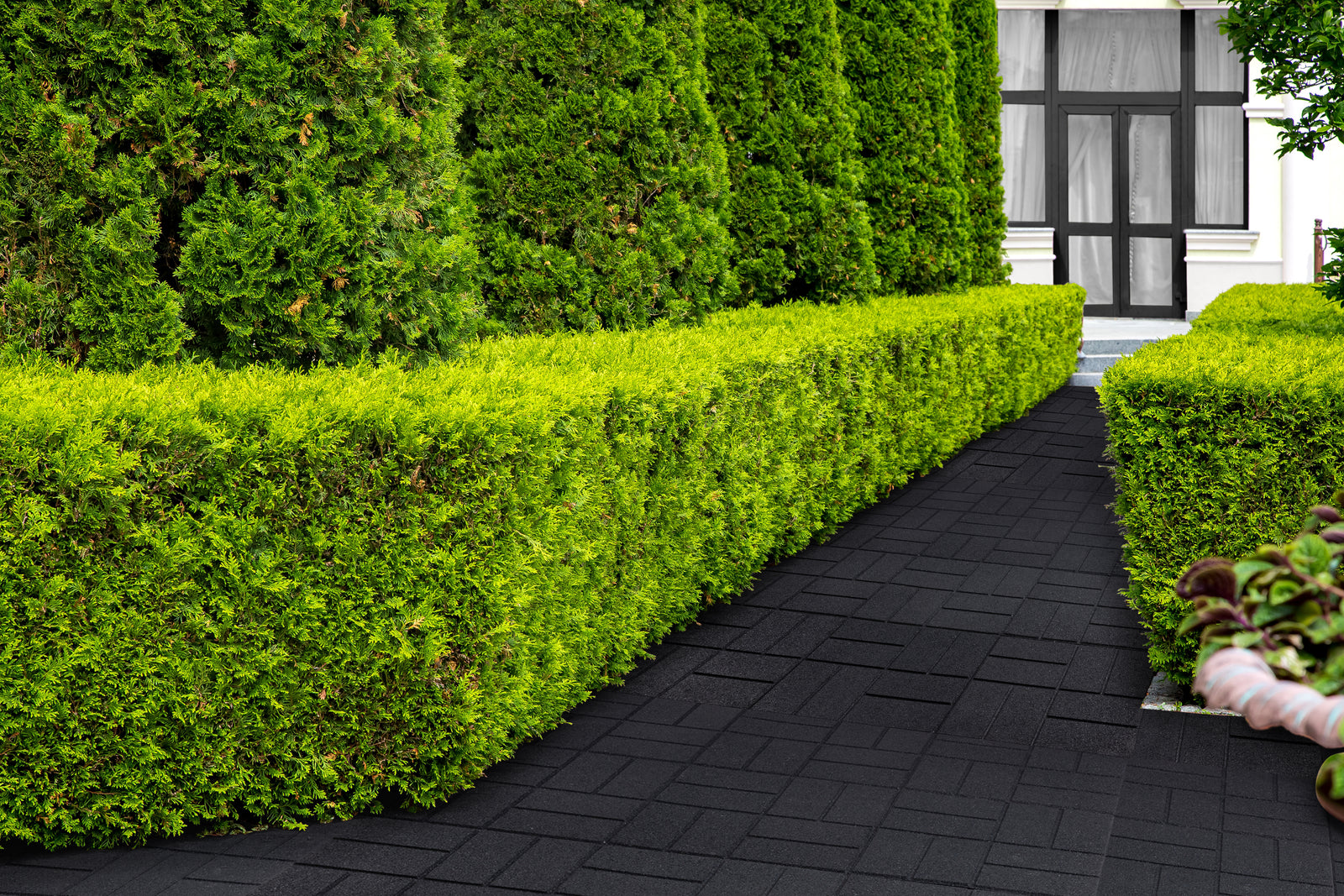April 11, 2024
Rubber Mulch for Horse Arena Footing
Choose Rubber Mulch for Equestrian Arena Footing.
If you’re building or improving an existing horse arena, you know how important the footing is in your plans. There’s no question that a horse’s safety can be directly affected by the footing surface. The well-being of your horse is paramount and should dictate your material choices and overall design. Rubber mulch is a great option and offers many benefits to horses and riders.
What is Arena Footing?
Made up of multiple layers, the arena surface consists of a base, a sub-base, and a top layer called the footing. Outdoor arenas may also have a crown layer above the footing in the arena’s center, which acts as a drainage system when it rains.
The footing can be made of recycled rubber, sand, wood chips, crushed rock, or soil mixtures. Additives, such as rubber, can also be incorporated into other primary materials to create a footing that increases drainage and reduces compaction.
As an additive, recycled rubber can enhance the quality of other components, such as sand. It adds cushioning to prevent injury to the horse and also prolongs the sand’s useful life with this footing blend.
Why Footing Surfaces Matter
Horse types and activities (jumping, galloping, walking, turning) should be considered when selecting footing surface materials. Safety, traction, cushioning, and shock absorption as well as moisture retention are at the top of the list when it comes to footing needs. It's not surprising to anyone when you consider the impact of a 1,200-pound horse as it gallops onto the surface. Without a proper footing to absorb the impact, a horse’s muscles, ligaments, or joints can be injured.
Rubber mulch is an ideal choice for exceptional traction, cushioning, and shock absorption. This leads to safer rides with reduced injuries. Reducing dust is another related benefit for horse arena footing.
What to Consider
Whether you have a large outdoor arena or a smaller indoor one, the conditions and use of your arena will also dictate the best type of footing materials to use. Heavier outdoor surface materials and good drainage would fare better in outdoor conditions. However, indoor arenas would benefit from footing that retains moisture. Ultimately, your horse’s activities and discipline will determine your needs for attributes such as proper grip, cushioning, and firmness.
Composition
Surface composition plays a role in creating the perfect footing. The material’s composition, for example, can determine how the surface functions. Sensitivity to moisture and/or temperature can directly affect the surface’s functionality. If your arena is outdoors, will the surface composition fare well in hot temperatures or wet weather conditions?
Rubber mulch is exceptional as a primary footing surface featuring little dust and increased shock absorption. It is also a good choice in cold climates as it has a low freezing point.
Particle Size and Depth
Particle size can determine the best results when mixing components like sand and rubber. Ensuring a good fit of materials can be measured by the particle’s shape and gradation.
The better the fit, the better the allowance of your horse’s movement. This means less chance of resulting in a loose surface or becoming overly firm. Particle size also affects drainage and compaction.
Another determining factor is footing depth, which can vary based on material selection. As your horse stops, its hoof connects with the ground through a forward slide and downward motion. At that point, the depth depends on the horse’s activity and speed of movement.
Depth and composition requirements can vary depending on a horse’s discipline and types of activity. The goal is to reduce injury while allowing comfortable movement.
Consistency of material particles and proper depth are important to absorbing shock, returning energy, and providing support—all of which are achieved with a high-quality rubber mulch footing.
Maintenance
Keeping your arena footing in tip-top shape will require a maintenance program. Different materials require different maintenance needs and schedules. The level and type of activity, whether indoor or outdoor, and other conditions will also determine proper maintenance requirements.
Consistency is key as you’ll want to provide stability and ensure a longer life for your footing surface. Understanding the surface needs and how it changes according to usage is crucial to reducing stresses and maintaining footing consistency.
Depending on your footing surface, maintenance typically will include proper drainage, applying water, dragging, grooming, and refreshing or replacing materials as needed.
Fortunately, for arena keepers that have rubber mulch, there is little need for regular maintenance.
Benefits of Using Rubber Mulch
Dust Control
Inhaling too much dust, which is a problem with sand infill or hard clay, is dangerous for riders and their horses. The need to water can also be dangerous by increasing the potential for injuries from slips and falls and can also incur expensive water bills over the long term. Rubber mulch does not require watering as it is practically dust-free. And less watering means improved water conservation.
Shock Absorbency
Rubber is inherently springy, which protects a horse’s ankles and hooves, and provides good energy return. At the same time, rubber improves a horse’s performance and acts as a shock absorber for riders when they fall.
Safety
Other materials can experience unsafe properties during rainy weather that can create dangerous, uneven surfaces. Hot weather can also wreak havoc on surfaces as they can crack. Watering down during maintenance can also create unsafe conditions for riders and horses.
Rubber mulch footing, when compared to infill materials, is superior in providing protection in case of accidents including falls or trips. Recycled rubber provides a softer, even footing to lessen injuries and create a safer, more comfortable ride.
Little to No Maintenance
Maintenance is a big deal when it comes to organic infill materials as they create a mess of dirt and dust after riding. These types of materials include sand, straw, and wood chips among others, and need frequent smoothing.
Rubber mulch footing requires less maintenance depending on the number of horses and activity. Fungi, insects like termites, and weeds are almost non-existent. In fact, some arena keepers boast a maintenance-free track (and barn) for over one year.
Choosing the right footing materials can ensure a successful arena. Despite the higher initial cost to install a rubber mulch footing, the savings from reduced upkeep and minimal maintenance along with increased safety and durability, make rubber mulch an ideal arena footing solution.
References
Arena Footing for Riding Arenas
How to Choose the Right Arena Footing

Also in Rubber Mulch Blog

Embracing Eco-Friendliness by Choosing Rubber Mulch for Your Playground
June 17, 2025
“Reuse, Recycle, and Reduce” are three main aims when it comes to preserving the health of our planet. Rubber mulch definitely falls within their scope. Conserving resources, energy efficiency, and better health for kids are all rubber mulch benefits.

Effective Mold and Fungi Prevention: The Hidden Value of Rubber Mulch
October 31, 2024

Create Your Own Sensory Path with Rubber Pavers
October 28, 2024
shop
Copyright © 2025 RubberMulch.com - All Rights Reserved.






